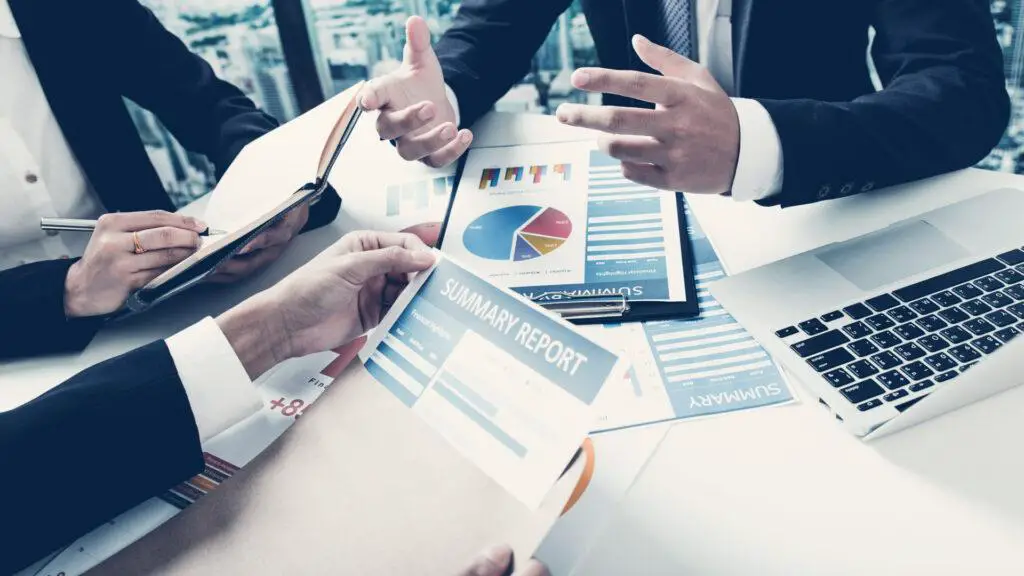Why do we prepare Departmental Accounting ?
Now, say, for example, there is a retail store that contains different sections, if clothing bags, Footwear beauty products, Etc. Or if there is a manufacturing company, they can be different sections of purchasing of raw, material of the production, Department of the sales department. Now, these different sections Are known as different department. So we can see in this retail store, this, all the sections can be termed as different department.
What is Departmental Accounting?
Departmental Accounting is basically keeping the separate book of accounts of the individual department.
If a business consists of several independent activities or divided into several departments for carrying out its functions, its management is usually interested in finding out the working results of each department to ascertain their relative efficiencies. This can be made possible only if departmental accounts are prepared.
Departmental accounts are of great help and assistance to the management as the information for controlling the business more intelligently and effectively.
Advantages of departmental accounting :

(a) Individual result of each department can be known which helps to compare the performances among all the departments, i.e., the trading results can be compared.
(b) Departmental accounts help to understand or locate the success, failure, rates of profit, etc.
(c) It helps the management to make proper plan of action, policies in order to increase profit after analyzing the results of operation of various departments.
(d) Departmental accounting helps us to understand which department should be expanded further or which one should be closed down as per the results of the operation.
(e) If also helps to encourage a healthy competitive spirit among the various departments which, ultimately, helps to increase profits of the firm as a whole.
(f) For additions or alterations of various departments, departmental accounts help a lot as it supplies the necessary information.
(g) As detailed information about the firm is available from departmental accounting the users of accounting information, particularly, the auditors and investors are widely benefited.
(h) Since departmental accounting presents separate departmental results, the Performance, of a successful department encourages the management, employees and increases the motivation of the staff as a whole.
(i) Percentage of gross profit on sales and stock turnover ratio of each individual department helps to make a comparative study among all departments.
Various Methods of departmental Accounting:-
A departmental organisation can record its transaction of departmental accounting in two ways:
a) Unitary Method:- Under this method, the accounts of each department are kept separately. The result of the various departments is finally combined together in one general P & L accounts.
b) Tabular or Columnar Method: Under this method, the accounts of each department and also with a separate column for the total. The tabular method is more popular and is adopted by almost all the departmental undertaking.
Under this method, at the end of the accounting year, Trading and P&L accounts (columnar) is prepared with separate amount column for each of the department and also for the total. The trading and P&L of a departmental organisation kept in the columnar basis is called Departmental Trading and P&L account. In Trading account, opening stock, purchase, direct expenses and gross profit are debited and sales and closing stock are credited.
Indirect expenses have to apportioned between the departments and debited to the P&L account.
Objectives of departmental accounting are:
- To check out interdepartmental performance
- To evaluate the performance of the department with the previous period result.
- To help the owner in formulating right policy for future.
- To assist the management in making the decision to drop or add a department.
- To provide detail information about the entire organization.
- To assist management in cost control.
- Also Check : Inter-Departmental Relationship With Personnel For More Visit




mexican pharmaceuticals online: Mexican Pharmacy Online – reputable mexican pharmacies online
indian pharmacy http://indiaph24.store/# Online medicine order
india online pharmacy